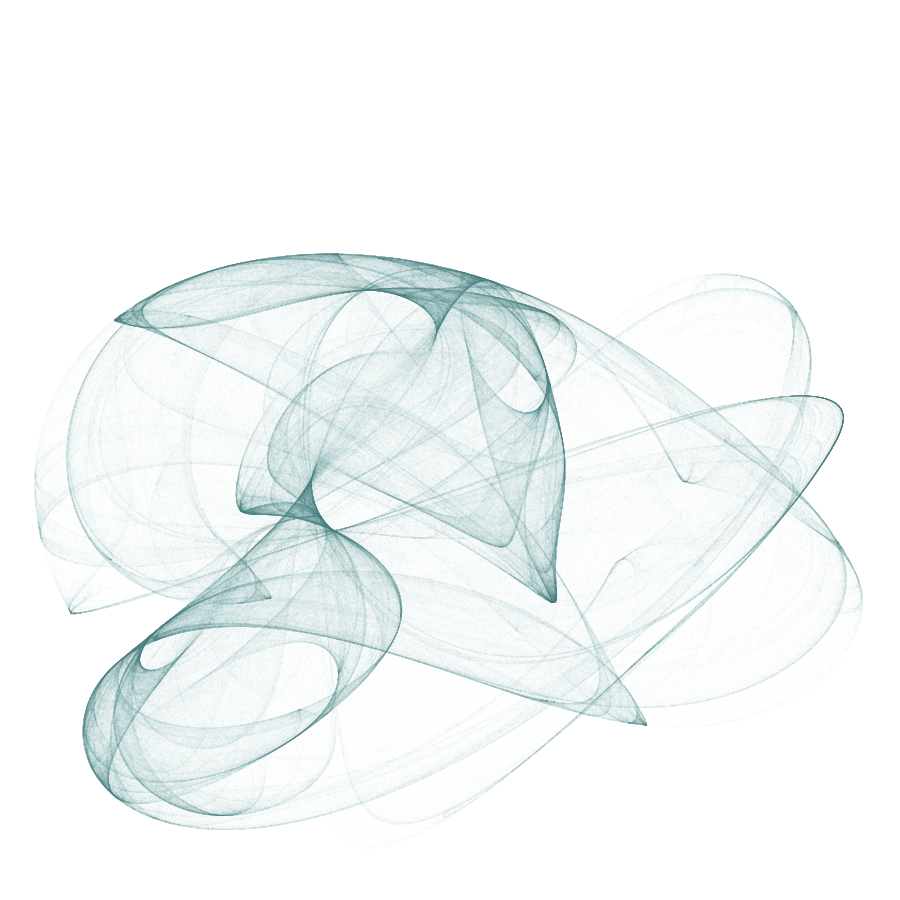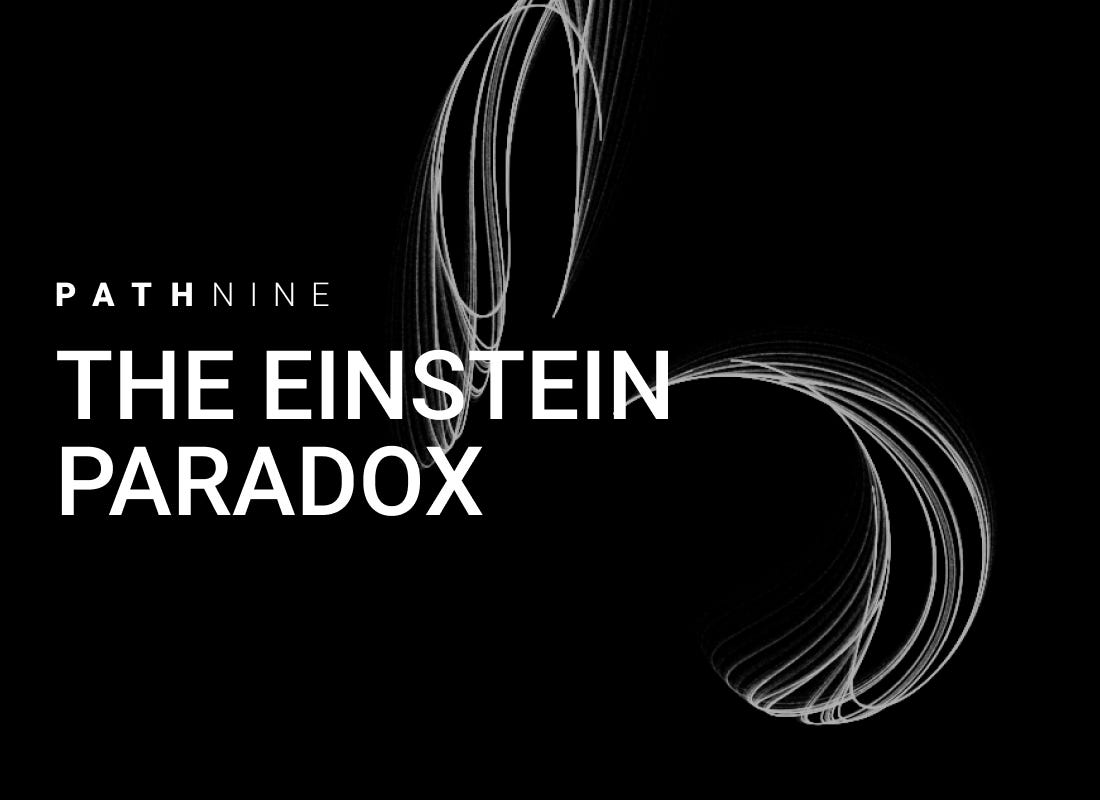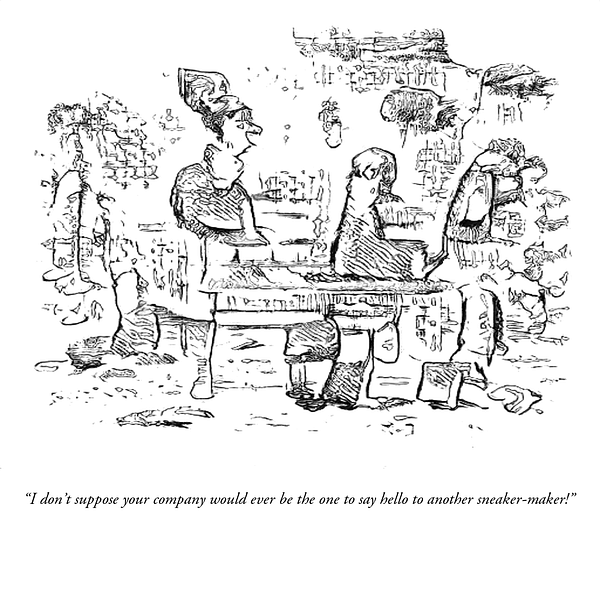Hi friends,
Welcome to the curatorial issue of Path Nine — content for the curious, contrarian, and creative.
This week’s curatorial issue is all about Augmenting and Automating Creativity.
Let’s get down to business.
Before we begin: If you’re reading this but haven’t joined the Path Nine community, hit the button below to join the entrepreneurs, solopreneurs, architects, psychologists, designers, and engineers that read Path Nine to learn the strategies reshaping our work and lives
Here’s a look at what we’re exploring in this issue:
Insights: Gratia Rationale, Gratitude Pulse, Catalyzing Chaos
Ideas: Automating and Augmenting Creative Consciousness
Information: 1) Consulting as Craft by Bud Caddell, 2) Automating My Job with GPT-3 by Brian Kane, and 3) No Prize for Doing It the Hard Way (2020 Retrospective) by Monica Lent
Innovations: The Neural Yorker
/Insights
Articles and Essays from Path Nine - <1 min read In case you missed it…
If you’re new to Path Nine, here are some ideas you may have missed:
Gratia Rationale — The Taxonomies of Gratitude. After repeatedly failing to consistently feel grateful for good things, it occurred to me that I may be taking the wrong approach. So I decided to take a first-principles approach and analyze how and why it wasn’t working for me.
The Global Gratitude Pulse — A Crowdsourced Approach to Increase Worldwide Happiness. 2021 has to be better than 2020. But how? Answer: gratitude. Over the holiday, I started a little project to help everyone realize and express gratitude. It's called the Global Gratitude Pulse. Tl;dr it's a tool to anonymously share gratitude.
Catalyzing Chaos — Mental Models to Think, Live, and Work Better in 2021. If you want a better 2021, start with the way you understand, analyze, and interpret the world around you.
/Ideas
Notes from Kevin Kirkpatrick - 2 min readAs some astute readers may have already noticed, I’ve changed the Path Nine article covers on the home page. Here’s the story.
Over the last few weeks, I’ve been trying to increase my productivity. That often feels at odds with creativity, as it can start to feel rigid and formulaic (aka creative kryptonite). When it came to creating covers, I was stuck. I wanted to create a more consistent cover image for newsletters without making each image exactly the same, but I didn’t want to overdo it either. So I set out to change my process.
The background. Before this process, I would spend time trying to imagine what the best image or graphic was for this particular newsletter. Here were the requirements for my search:
Each design must be at least 10% different
Each design must work with a template
Each design must be executed in under 15 minutes
The solution. I tried a number of different approaches, including creating 10 new templates that I could rotate. But each solution was lacking unique, artistic characteristics.
Then I remembered a concept from architecture school: parametric design.
Parametric design is the process based on algorithmic thinking that enables the expression of parameters and rules that define the relationship between design intent and response.
In short: it creates repeatable, yet flexible, designs.
I’d found a solution, or so I thought. The issue with parametric design is that it allows too much design input. While that would work for other solutions, it wouldn’t fit my current needs.
I needed a better balance between design input and templatization. Thankfully, like any good problem space, many people have walked it.
And lucky for me, this led me to my final solution: generative art.
While similar to parametric design, Generative design uses input metrics to separate good features from the bad. The best solution I found was Chaotic Maps from Frido Verweij, which provided a quick and easy generation process.
Here’s an example of what Chaotic Maps produces:
With Chaotic Maps, I’m able to quickly generate a new “design” that I can then combine with a pre-made Figma template like the one below.
This hybrid approach to creativity allows me more flexibility and freedom, while adding valuable design constraints for decreased design time and increased output.
The takeaway: augmentation and automation can increase creativity.
Not every design needs to be completely novel. The best ideas are recursive, building on pre-existing frameworks, ideas, and concepts. Don’t be afraid to let your creativity merge with technology. Don’t be afraid to automate or augment; it may actually increase creativity instead of stifling it.
Now, you don’t need to go quite as far as I did. Even little automation or augmentations can be a force multiplier.
Whether it’s building a spreadsheet or using GPT-3 for more advanced creative augmentation, the key is to find the right tool to enhance your work.
Ask yourself: what could I create if I augmented and automated a bit of creativity?
/Information
Information from the interwebs - <2 min readConsulting as Craft — by Bud Caddell
A craftsperson is someone who practices a trade or discipline with the ultimate goal of mastery. Anyone, in any discipline, can be a craftsperson if they so choose. Each and every one of us has the capacity to do good work of some kind.
Automating My Job with GPT-3 — by Brian Kane @SeekWell
I've got a GPT-3 instance that takes a plain English question and translates it to SQL that really works on my database. It's not always perfect, and still needs some handholding for more complex concepts like "growth rate" or "percent", but it's definitely useful. Now I can save a little time when I have a simple question that needs to be asked about my database, and don't feel like writing the SQL myself.
No Prize for Doing It the Hard Way (2020 Retrospective) — by Monica Lent
If I had to sum up my biggest lesson from 2020, it’s this:
Distribution is everything.
You can have an amazing product that solves a ton of problems. But if you can’t find a scalable, repeatable way to help people find it, you’re toast.
/Innovation
Products and tools for creators - <1 min readThe Neural Yorker via Applied Memetic.
Automating daily cartoons. In a semi-supervised learning, the algorithm is gradually set to fit the contemporary industry standards for press cartoons.
Clearly, it’s still lacking in voice and illustration, but it’s entertaining nonetheless. Is it ready to replace those putting pen to paper at The New Yorker? Not yet.
/Inspiration
Mindful meditations - <1 min read“We must use time creatively, and forever realize that the time is always ripe to do right.”
— Nelson Mandela”
Enjoying Path Nine?
If you liked this post, I’d really appreciate it if you share the post!
Thanks for reading, and see you next week,
— Kevin K. (@kkirkpatrick)









Hey Kevin! Thanks so much for sharing a link to my blog with your readers ^_^